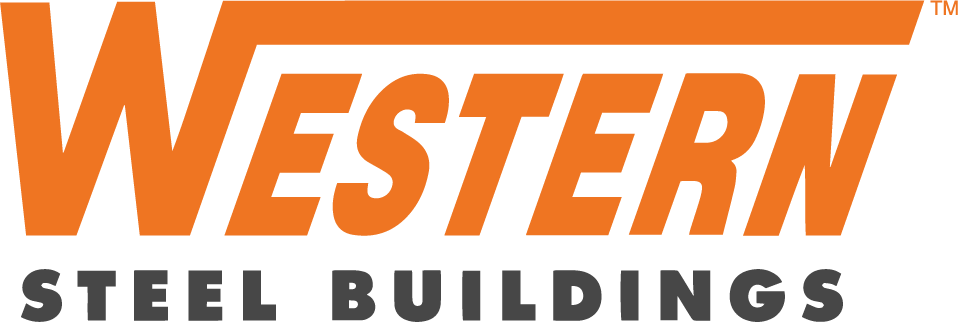LEED CERTIFICATIONS
LEED is a widely recognized green building rating system developed by the U.S. Green Building Council (USGBC). LEED certifications require that certain design elements are incorporated into a building.
The return on this investment is plentiful and installing a Western steel building is the first step. The LEED rating system offers four certification levels for new construction: Certified, Silver, Gold and Platinum. The levels correspond to the number of credits accrued in five green design categories: sustainable sites, water efficiency, energy and atmosphere, materials and resources and indoor environmental quality.
If you have a LEED building project, learn more from our Account Managers by contacting us today, or explore the benefits below:

Environmental benefits: LEED-certified buildings use energy, water, and materials more efficiently, leading to reduced greenhouse gas emissions, water usage, and waste generation. They can also improve air quality and promote biodiversity through green space and habitat preservation.
Economic benefits: Lower energy and water usage can lead to cost savings on utility bills. LEED-certified buildings may also command higher rent, property values, and occupancy rates, providing a competitive advantage in the marketplace.
Health and well-being: LEED buildings often prioritize indoor air quality, natural light, and access to outdoor spaces, resulting in healthier and more comfortable environments for occupants.
Corporate social responsibility: Pursuing LEED certification can demonstrate a company’s commitment to sustainability, helping to improve its reputation and brand image.
Market differentiation: LEED certification can set a building apart from competitors, attracting tenants and clients who value sustainability and environmental stewardship.
While LEED is a popular and widely recognized system, alternative green building rating systems may offer benefits depending on your specific needs or location. Some of these include:
BREEAM (Building Research Establishment Environmental Assessment Method): Originating in the UK, BREEAM is an international sustainability assessment method for master planning projects, infrastructure, and buildings.
Green Star: Developed by the Green Building Council of Australia, Green Star is a comprehensive rating system that evaluates environmental design and performance for buildings and communities.
WELL Building Standard: Focused on the health and well-being of occupants, the WELL Building Standard addresses aspects such as air quality, water quality, light, nourishment, and physical and mental well-being.
Living Building Challenge: This performance-based certification program by the International Living Future Institute aims to create regenerative and self-sufficient buildings, produce more energy than they consume, and function in harmony with their environment.
Ultimately, the best solution will depend on your project’s goals, location, and other factors. Researching and comparing various certification options is essential to determine which is most appropriate for your needs.



